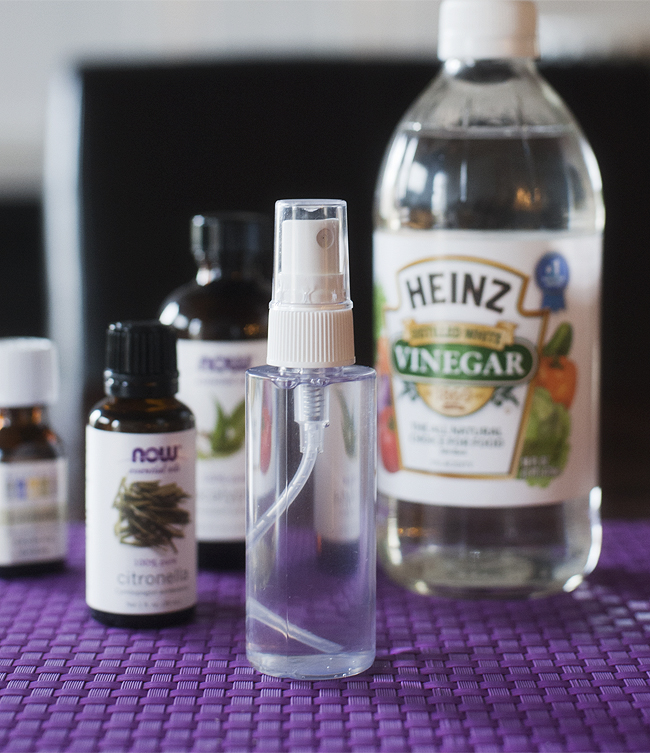Mosquito’s are well known as the pests of summer- but their partner in crime, ticks- seem to fly under the radar. Last summer we spent a few days up on Lake Erie, and when we returned something was just not right. I was extremely tired (I’m talking first-trimester-of-pregnancy tired), nauseous, and couldn’t shake a headache. And then, things got even stranger. A scratch on my leg turned into a huge rash within an hour, and the rash quickly took on a very distinct bulls-eye appearance. After consulting a few people who responded with, “get to the emergency room NOW!” I pushed my white coat syndrome fears to the side and went. Lots of tests, lots of waiting, lots of confused answers. An allergy? No. Poison ivy? No. Cellulitis? No. And then we finally got it. Lyme’s disease.
It turns out that the tick population this summer and last have been through the roof. While all ticks need to be repelled, deer ticks can carry Lyme’s. There is an overwhelming amount of information where Lyme’s disease is concerned, but here is what you really need to know. A tick can attach to you without you even knowing it- but if you do catch him (and properly remove it), you should put it in a glass jar and take it with you to the doctor. And yes, you do need to immediately see a doctor, because if you need treatment it is time sensitive, the sooner you get there the better. They can directly test the tick to see if it is carrying the disease, which is a pretty helpful tidbit of information that will save you from extensive testing. If it is caught in the early stages and proper treatment is prescribed, it can easily be cured. For detailed information on symptoms, testing and stages, see here, here and here.
Since the ordeal, I have become so much more aware and cautious of these dangerous little critters, and you should be too. After being outside, always be sure to check any exposed skin for ticks, and if you think you have been bit seek medical help immediately. While repellants do exist, many of them contain the controversial ingredient known as “DEET”, that can be especially dangerous to young children. Recently, we have decided to try out some natural homemade spray that can be applied to skin and clothing to repel mosquito’s and ticks, and is not toxic.
Here is what you need to make your own:
- A base, such as cider vinegar, vinegar or witch hazel
- Water
- Essential oils, such as eucalyptus, citronella, lavender, clove, lemongrass, rodemary, teatree, catnip, or mint.
- A small bottle, preferably dark in color to protect the oils
Fill spray bottle half full with water, and then fill with vinegar. Add about 15 drops of oil, in any combination that you like. The more oil you use, the stronger your repellent will be. Always test on small part of skin before applying to be sure no irritation occurs. Spray should be reapplied at least every 8 hours. More information and combinations can be found here!
.




















Pingback: diy mosquito bite relief | pretty plain janes
Pingback: Mosquitoes… NO THANK YOU | living like lindsay